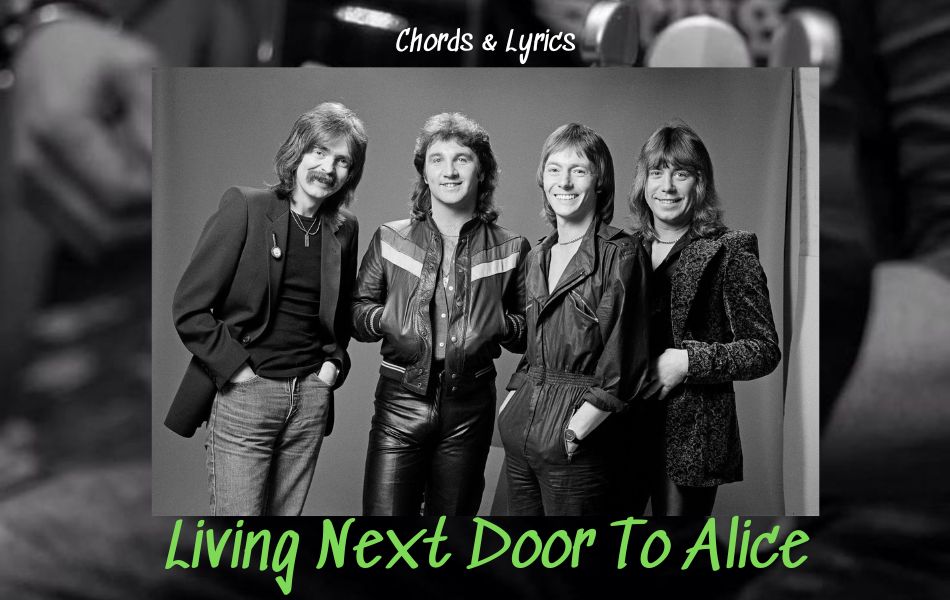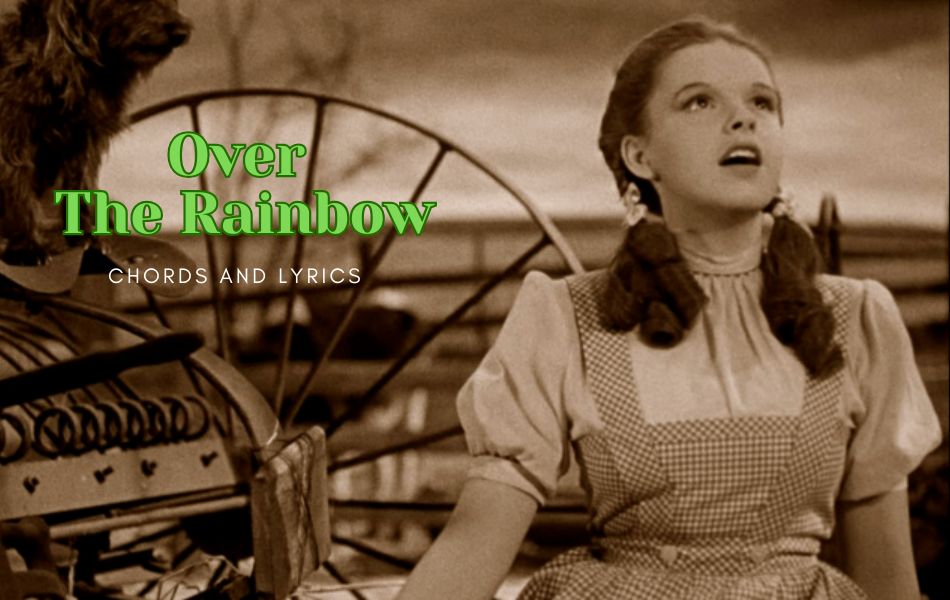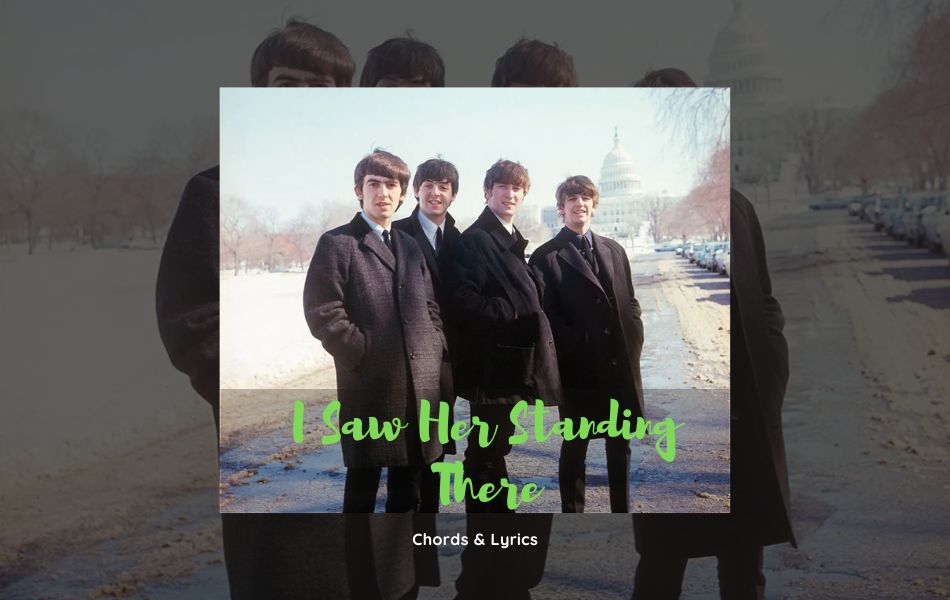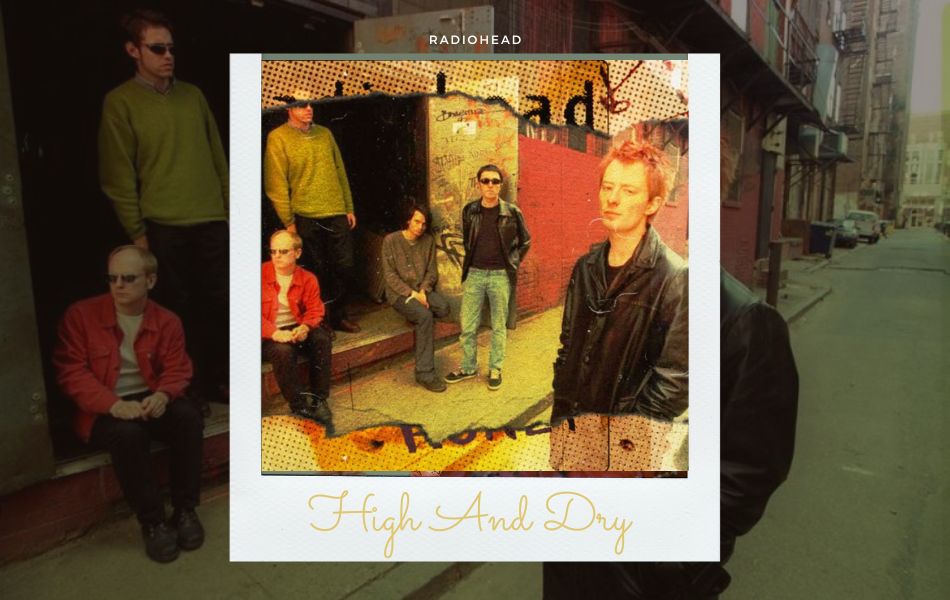Guitar Barre Chords Technique For Beginners
Track Info

Song:
Artist:
Writers:
Producers:
Album: Updating
Chords Info
Tuning
CapoNo Capo
Chords Used
Mastering barre chords is a pivotal milestone for any guitarist embarking on their musical journey. In this comprehensive guide, we'll delve into essential techniques and tips to help you conquer this fundamental barre chords of guitar playing.
What is a barre chord?
Open chords, like G, C, D, E, and A, are those that involve at least one open string, which means the string is played without any fretting. These chords are usually played near the headstock of the guitar and provide a bright and open sound.
On the other hand, barre chords involve barring down one or more strings with your index finger across one fret, effectively replacing the nut of the guitar. Unlike open chords, barre chords don't use any open strings. By barring down the strings, you can move the chord shape up and down the neck to play different chords. Other fingers are then placed on the fretboard to complete the chord shape, allowing for various chord voicings.
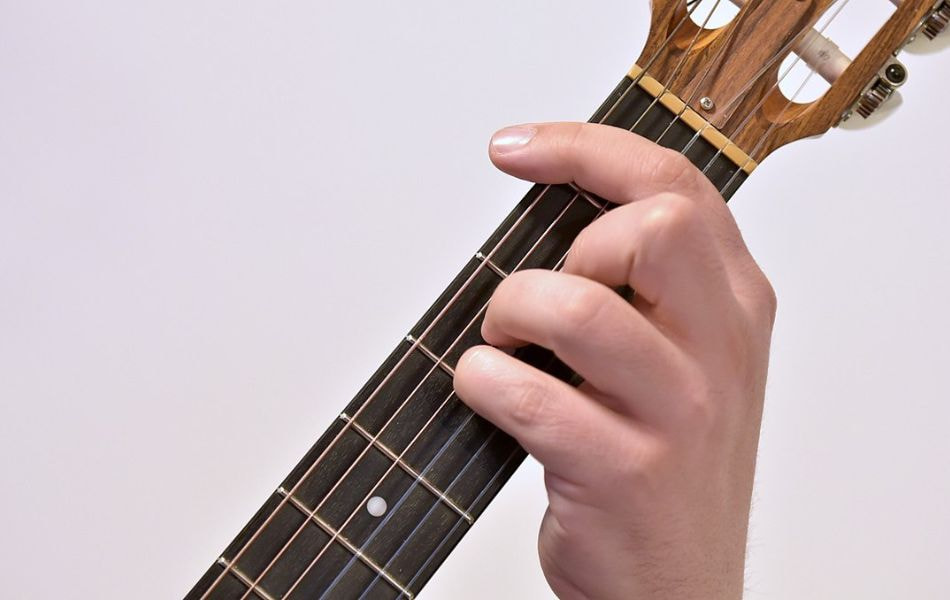
Barre chords for beginners
Though barre chords come in various forms, our lesson will center on mastering the fundamental ones that appear most frequently: major, minor, and 7th chords. Specifically, we'll delve into barre chord shapes where the bass root note aligns with either the 5th or 6th string, as these configurations are prevalent in guitar playing. All of them include major chord, minor chord, major 7th, and dominant 7th chords.
E shape barre chords (root notes on 6th string)
A shape barre chords (Root Notes on 5th String)
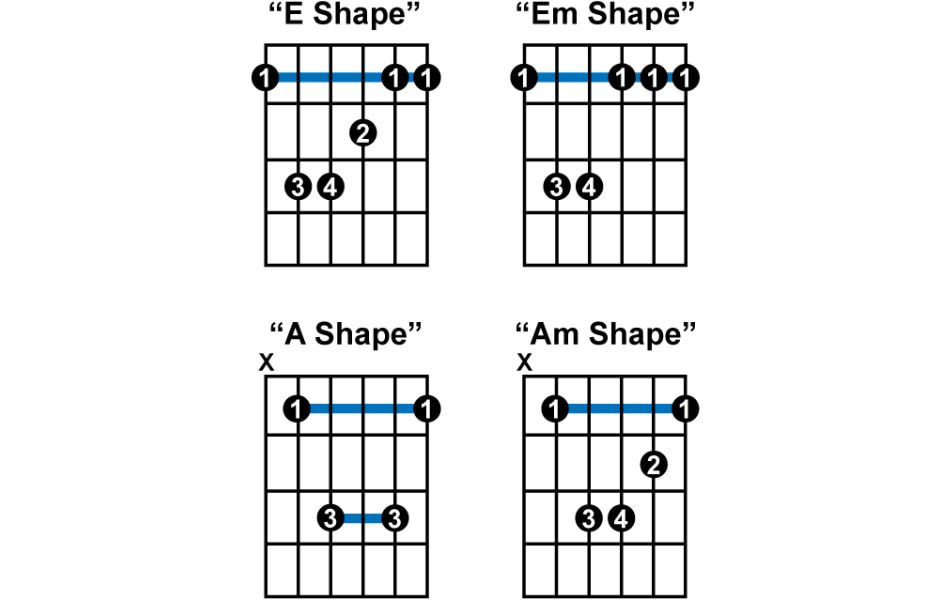
Tip for practice barre chord
Don’t play F barre chord when starting
Starting with an F barre chord can be quite challenging for many beginners due to the stretch and finger strength required. Instead, it's often recommended to start with barre chords that are closer to the headstock and gradually work your way down the neck as your finger strength and dexterity improve.
Thumb position
Lowering your thumb and placing it roughly halfway down the neck can indeed help with playing barre chords more comfortably and effectively. By placing your thumb halfway down the neck, you can achieve a balanced hand position that enables better reach and control over the fretboard. This positioning also helps to reduce strain on your hand and wrist, making it easier to sustain barre chords for longer periods without fatigue.
Index finger position
By positioning your finger slightly sideways, you can maximize the surface area in contact with the strings, making it easier to press them down effectively. By using the edge, you can better control the placement of your finger on the fretboard, reducing the risk of unintentionally dampening neighboring strings.
With dedication and determination, you'll soon find yourself effortlessly navigating the fretboard, playing your favorite tunes with confidence and flair.

